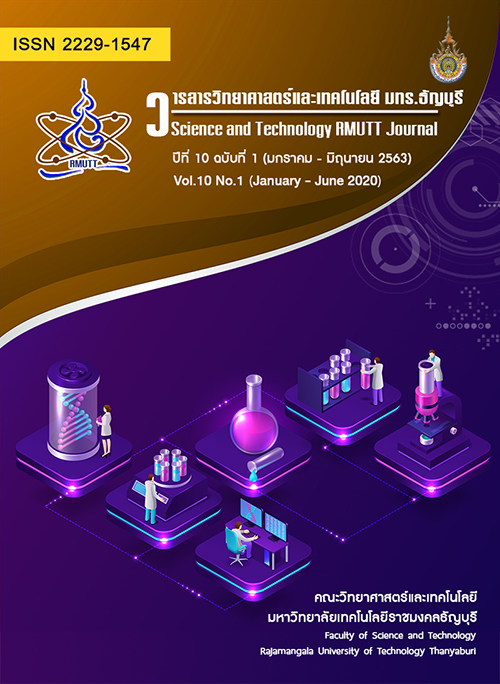Fraud Detection Model in Imbalanced Data Using Dimension Reduction And Machine Learning Algorithms
Main Article Content
Abstract
The objective of this research is to develop a method for fraud detection model in imbalanced data using dimension reduction combined with machine learning algorithms for fraud detection and finding the relationship of irregular transaction groups. The main purpose is to prevent damage from fraudulent transactions in electronic commerce systems. The results of the experiment show that the model using the Extreme Gradient Boosting algorithm gives the highest accuracy of 98.15 % with the shortest processing time. From the experiment, it was found that the developed model resulted in the algorithm has the ability to perform more effectively.
Article Details
References
B. Baesens, V. Van Vlasselaer, W. Verbeke. Fraud Analytics Using Descriptive, Predictive, and Social Network Techniques: A Guide to Data Science for Fraud Detection. John Wiley & Sons Publisher. 2015.
E.Caldeira. et al., Fraud Analysis and Prevention in e-Commerce Transactions. Proceedings 9th Latin American Web Congress. 2014.
Sunder Gee. Fraud and Fraud Detection: A Data Analytics Approach. John Wiley & Sons Publisher. 2014.
Maria R. et al. Credit Card Fraud Detection with Unsupervised Algorithms., Journal of Advances in Information Technology, Volume. 7, No. 1. 2016.
Ian H. Witten, Eibe Frank and Mark A. Data mining : Practical machine learning tools and techniques (3rd). Boston: Morgan Kaufman Publisher. 2005.
S Panigrahi, A Kundu, S Sural, AK Majumdar. Credit card fraud detection: A fusion Approach using Dempster–Shafer theory and Bayesian learning. Elsevier Information Fusion. 2009 ; 10(4) : 354-363
Jon T. S. Quah, Sriganesh Srihari. Real Time Credit Card Fraud Detection using Computational Intelligence. Proceedings of the International Joint Conference on Neural Networks, Florida, USA. 2007.
Francisca N.Ogwueleka. Data Mining Application In Credit Card Fraud Detection System. Journal Of Engineering Science And Technology, Volume. 6, No. 3. 2011.
Quinlan, J. R. C4.5 Programs for machine learning. San Francisco: Morgan Kaufmann Publisher. 1993.
M.A.H. Farquad, Indranil Bose. Preprocessing unbalanced data using support vector machine. Journal Decision Support Systems. 2012 ; 53(1) : 226-233
M. A. H. Farquad, Vadlamani Ravi, S. Bapi Raju. Churn prediction using comprehensible support vector machine: An analytical CRM application. Applied Soft Computing. Volume 19. 2014.
Robert E. Schapire and Yoav Freund. Boosting Foundations and Algorithms. The MIT Press Publisher. 2014.
Sharma N. XGBoost. The Extreme Gradient Boosting for Mining Applications. Technical Report. 2017.
Chirawichitichai, N., Sanguansat, P. & Meesad, P., A Comparative Study on Feature Weight in Thai Document Categorization Framework, 10th International Conference on Innovative Internet Community Services (I2CS), IICS, pp. 257-266, 2010.
Fraud Detection Dataset UCSD: University of California, San Diego Data Mining Contest 2009.






